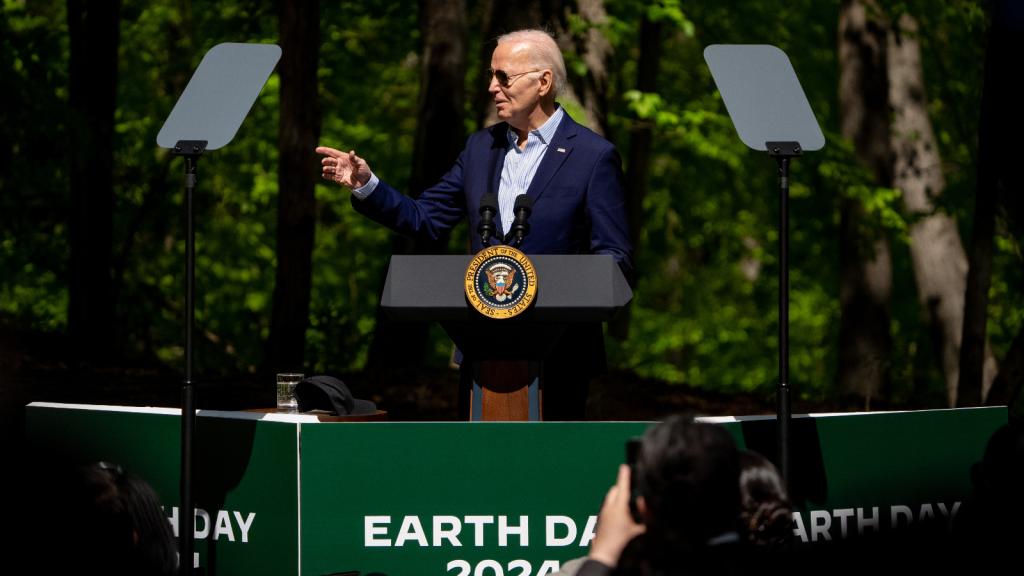On Wednesday, bipartisan groups of legislators from both houses of Congress joined together to support a bill: the Rural Energy Savings Program, which would make low-interest loans available to rural homeowners to fund efficiency retrofits. The loans would come with no upfront cost and would be paid off with a small surcharge on utility bills (so-called “on-bill financing”). The policy is a win-win-win: it would offer financial relief to a demographic that’s hurting badly, create thousands of jobs, and reduce CO2 emissions. The bill is fantastic in its own right, but unless I’m suffering from a bout of wishful thinking (possible!), it also seems indicative of some promising developments in today’s energy politics.
First off, federal legislators are finally beginning to grasp the fact that efficiency can be a winner in every single congressional district. It is a bipartisan, or perhaps nonpartisan, opportunity. This realization has been delayed by years of partisan squabbling over more contentious climate/energy issues like carbon pricing and oil subsidies; lawmakers have become accustomed to energy being just as divisive as health care reform, yet another clash of well-worn, deeply entrenched positions. But if efficiency can be pulled out of that, unburdened of those other controversies, and looked at on its own merits, it becomes clear that it’s a no-brainer. Every district has inefficient buildings and every district could benefit from local jobs.
The Senate Energy Committee held a hearing on energy efficiency on Wednesday to consider four bills that together would “enhance the standards program by establishing or updating efficiency standards for major energy consuming products such as air conditioners, furnaces, and outdoor lighting, as well as several smaller product classes.” (One of the bills is co-sponsored by committee co-chairs Jeff Bingaman (D-NM) and Lisa Murkowski (R-Alaska). Today they’re having another hearing to consider the Home Star program (“cash for caulkers”), which has been talked up by the president himself, and Building Star, the recently developed complement focused on commercial buildings. Both programs are expected to come to the floor as part of a jobs bill in the next couple of months.
Small wins like these bills and the rural energy program build political capital in the fight for clean energy. No matter what happens with the big Senate climate bill, Dems should start thinking about putting forward — and publicizing! — more more of these small-bore measures. Each one cracks the door a little wider and broadens the constituency for smart energy policy.
Secondly, I think that the current political climate is ripe for these kinds of small, smart bills. The Senate is under two opposing pressures. From one side, Obama (and the public) are pushing them to address climate and energy. Obama had a bipartisan group of senators to the White House the other day to talk about it. (Direct presidential intervention in negotiations like this is a huge deal.) And of course every poll under the sun shows that the public, including independents and voters in swing states, wants Washington to act.
From the other side, the right wing and its teabagger vanguard have succeeded in completely demonizing cap-and-trade, which has been at the center of climate policy advocacy for years. Whatever senators do, they can’t touch that.
So what do you get if you combine pressure to enact policy with an effective prohibition on enacting the main policy that’s been on the table? Answer: lots of interest in other climate/energy policies. You can see it in the Kerry-Graham-Lieberman proposal, which splits cap-and-trade up into multiple carbon pricing systems (which aren’t cap-and-trade, and don’t you dare call them that!). More interestingly, you can see it in the profusion of free-standing proposals like the efficiency bills discussed above and things like Bernie Sanders’ 10 Million Solar Roofs bill.
Again, maybe I’m wishful thinking, but I hold out hope that this could lead to good things. I do think eventually the political system will have to choke down cap-and-trade (whatever it ends up being called), if for no other reason than to harmonize the regional C&T systems and hook up with the EU system as part of an international treaty.
But as Gar Lipow has been arguing, carbon pricing isn’t the only, or even the most important, climate/energy policy. And it’s the least popular! If the short-term impetus to escape cap-and-trade drives legislators into the arms of these complementary policies — efficiency standards, renewable initiatives, an infrastructure bank, increased R&D funding, whatever — it could do good things for the climate and build popular support and momentum for more action.
The question, of course, is how to keep these freestanding proposals from falling into the same partisan sausage grinder that’s afflicting the big climate bill. Right now, they have a shot at being the rare patch of common ground. But never underestimate the teabaggers’ will to divide. A delicate political dance lies ahead. Should be fun to watch!


